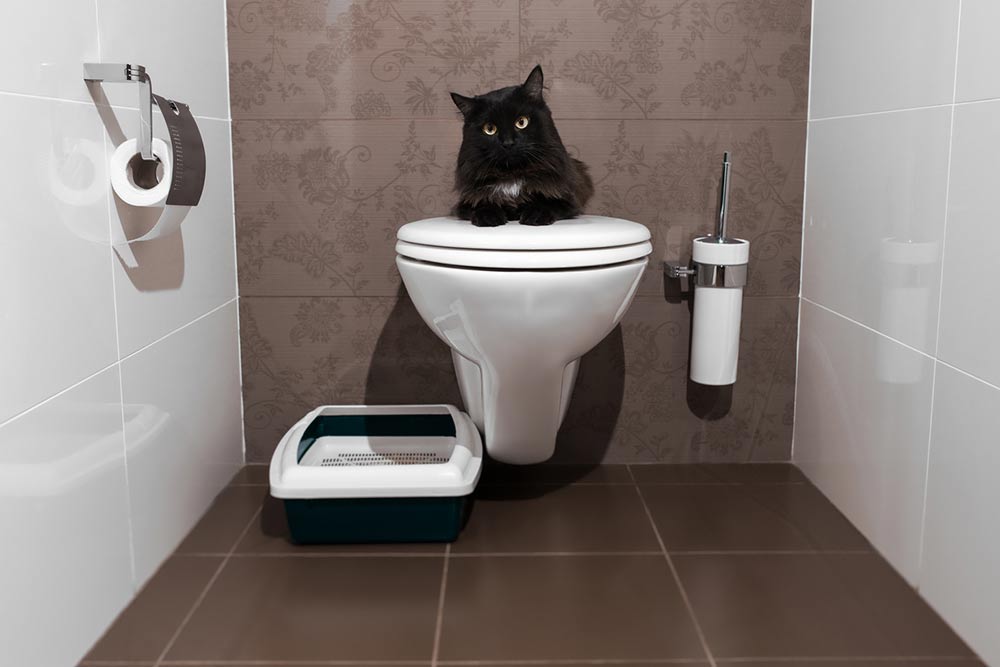
6 tips to toilet train a house cat
As a cat owner, one might assume that pet training is more suited to dog parents and that one’s hyper-independent feline furball would resist any attempts at teaching. But one might be surprised that it’s pretty easy to train cats. This is especially beneficial if one’s plagued by the stink of an overflowing litter box and wants to toilet-train their feline companion. Here are some proven training tips that can work.
Keep one bathroom only
It’s important not to confuse the cat and have a designated bathroom for its business. One can choose a bathroom that’s easiest for the cat to access.
Move the litter box into the bathroom
Since the cat is used to the functions of a litter box, it will need to associate the bathroom with the elimination area. Move the litter box next to the toilet and let it defecate there a few times to get used to the new spot. Cats are self-learners, so patience is the key to training them.
Raise the litter box gradually
The litter box should be raised gradually to the toilet seat’s height. It’s essential to slow down this process to ensure that the feline is comfortable with the height of the toilet. One can stack up newspapers, phone books, cardboard, or old magazines at the bottom to raise the level of the litter box.
Litter box onto the toilet seat
Finally, place the litter box on top of the toilet seat and let the cat get used to its height and placement for a few days. The cat will eventually learn to jump onto the toilet seat quickly and confidently.
Get a training tray
Once the cat is used to the height of the litter box, replace it with a training tray or training seat with a small indent in the middle. The indent can be enlarged gradually so the cat feels comfortable eliminating directly in the toilet. One can DIY the training tray by drilling a hole into an aluminum roasting pan or tray. It’s essential to fill up the tray with litter so the cat doesn’t notice a drastic change in its surroundings. After each session, one can gradually decrease the quantity of litter in the tray. On a side note, sticking the tray to the toilet seat with duct tape is important to ensure it doesn’t move and disbalance the cat. Any accidents here might drop the training back to square one.
Transition to the toilet seat
Let the training tray sit in its place for a few weeks. Remove the training tray once the cat feels at ease with the elevated position and performs its actions instinctively. Ensure that the cat is comfortable defecating without any litter in the tray by this step. Add some litter if the cat is uncomfortable with water in the toilet. Lastly, always remember to keep the toilet seat up.
These tips have usually proven to toilet-train cats. But one should remember that there may be inevitable setbacks, including accidents or unwillingness to get trained even after multiple attempts. This might usually happen with older cats who experience joint pain and refuse to get on. So, it’s essential to be aware of these concerns as well.


